PR Produced by The Yomiuri Shimbun Business Bureau
EXPLORE OTSU CITY
Sponsored by Otsu Chamber of Commerce and Industry
This article is presented by Yomiuri Travel Service and Ryoko Yomiuri Publication.
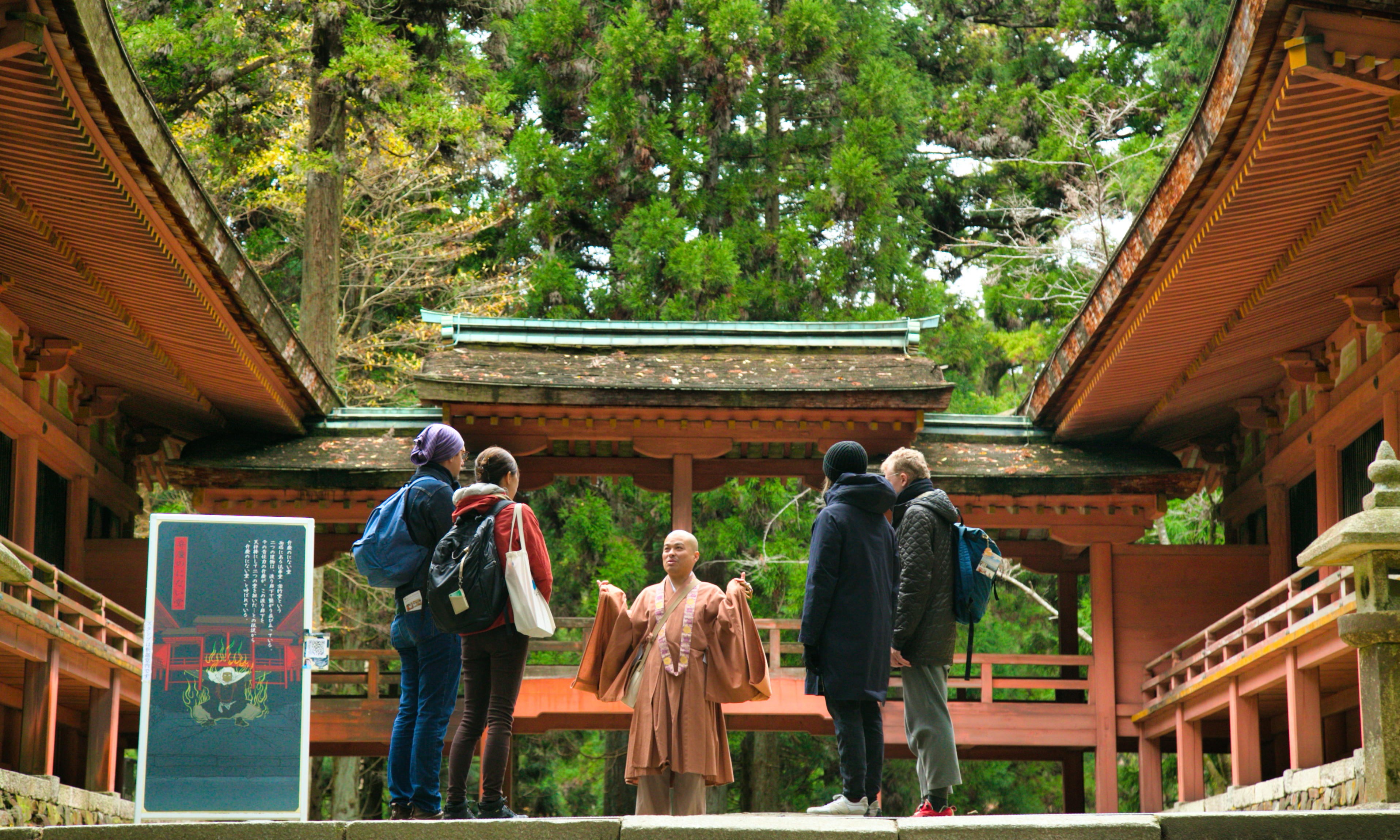
Visit Japanese Buddhism’s ‘mother temple’
The city of Otsu, with a population of 340,000, is in the south of Shiga Prefecture and is bordered by Lake Biwa on the east and Kyoto on the west. For over 1,350 years, Otsu has been a historic city ever since Emperor Tenji moved the capital to Omi Otsu-no-miya in 667. Otsu is home to many historic shrines and temples, including Ishiyamadera temple, Miidera (Onjoji) temple and Hiyoshi Taisha shrine, as well as Hieizan Enryakuji temple. Enryakuji was founded in 788 on Mt. Hiei when the Buddhist monk Saicho built Ichijo Shikanin temple (later Konpon Chudo) and carved a figure of Yakushi Nyorai (the Healing Buddha) as the temple's principal image. Today, Enryakuji consists of three main areas-Todo, Sai-to and Yokawa, and its grounds are dotted with stupas. Saicho established the Tendai school of Buddhism in 806. Prominent monks Honen, Eisai, Shinran, Dogen and Nichiren, who trained at Enryakuji in the 12th and 13th centuries, went on to found their own schools of Buddhism, and thus Enryakuji is known as “the mother temple of Japanese Buddhism.”
Enryakuji was included in the Historic Monuments of Ancient Kyoto inscribed in 1994 as a UNESCO World Cultural Heritage site. The Konpon Chudo is undergoing its first major restoration work in 60 years that began in 2016, and the Fumetsu no Hoto (eternal flame) burning in front of the principal image of Yakushi Nyorai continues to spread the teachings of Saicho more than 1,200 years later.
Mt. Hiei: setting of 1,000-day ascetic Buddhist practice

Mt. Hiei is a center of prayer and of ascetic practice, particularly the grueling 1,000-day kaihogyo (circulating the mountain). Practitioners walk about 30 kilometers per day, visiting 260 places on the mountain during their pilgrimage. This feat stretches over seven years, taking a total of 975 days to complete. The most demanding part is the do-iri, in which an ascetic sequesters themselves inside the Myoo-do — where Fudo Myoo (Acala) is venerated — to relive the experience of Buddha Shakyamuni attaining spiritual enlightenment sitting under a bodhi tree. During this nine-day exercise, except for leaving the Myoo-do to pray three times a day and obtain water to offer to Fudo Myoo, the ascetic does not eat, drink, sleep or lie down, and repeats the Fudo Myoo mantra 100,000 times. Upon completion of this physical and mentally demanding test, the ascetic is said to die and be reborn as an acharya (ajari).
Daiajari Endo Mitsunaga began the 1,000-day kaihogyo in 2003 and entered the Myoo-do in October 2007. In September 2009, he became the 13th person to complete the 1,000-day kaihogyo since 1945 and the 50th person since 1585, the year to which records go back.
Sacred ‘gyoja’ pathway tour
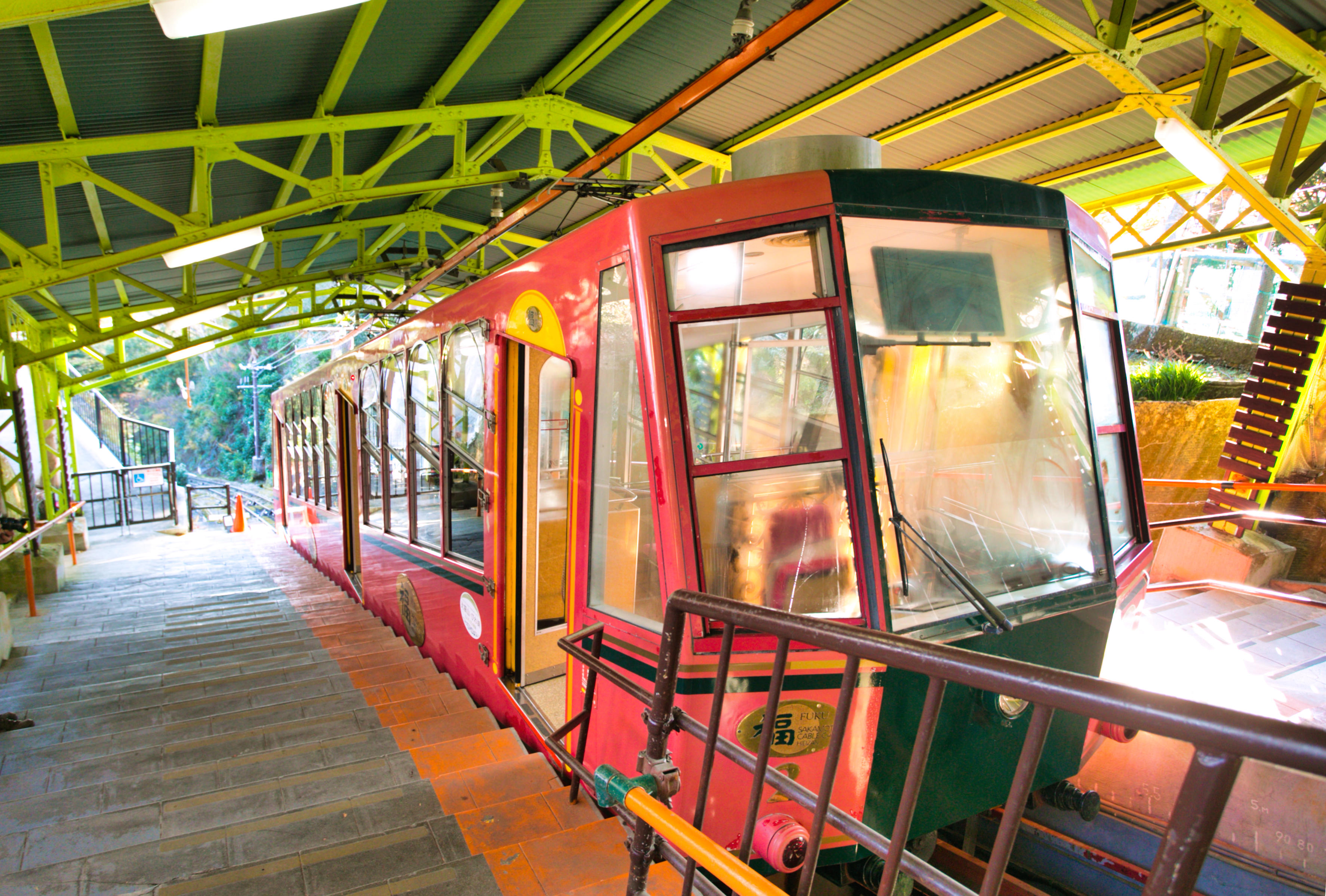
On Nov. 26, 2023, a tour called “Walk the sacred gyoja (practitioner) pathway with the marathon monk of Mt. Hiei” took place. It was organized as part of activities by the Otsu Chamber of Commerce and Industry in preparation for the 2025 Osaka-Kansai Expo to attract MICE and post-convention visitors to Otsu. Taking part in the tour were three Europeans who currently live in Japan and are interested in Buddhism.
The group met at JR Hieizan-Sakamoto Station before 8 a.m. With an interpreter-guide, they walked through Sakamoto, a town in the foothills of Mt. Hiei, along streets lined with distinctive natural stone walls to Cable Sakamoto Station to use the 2,025-meter Sakamoto Cable Car Railway, Japan's longest cable car route. Alighting at Cable Enryakuji Station, they walked along the kaihogyo path for 10 minutes, led by Mitsunaga, and came to the Myoodo where do-iri takes place.
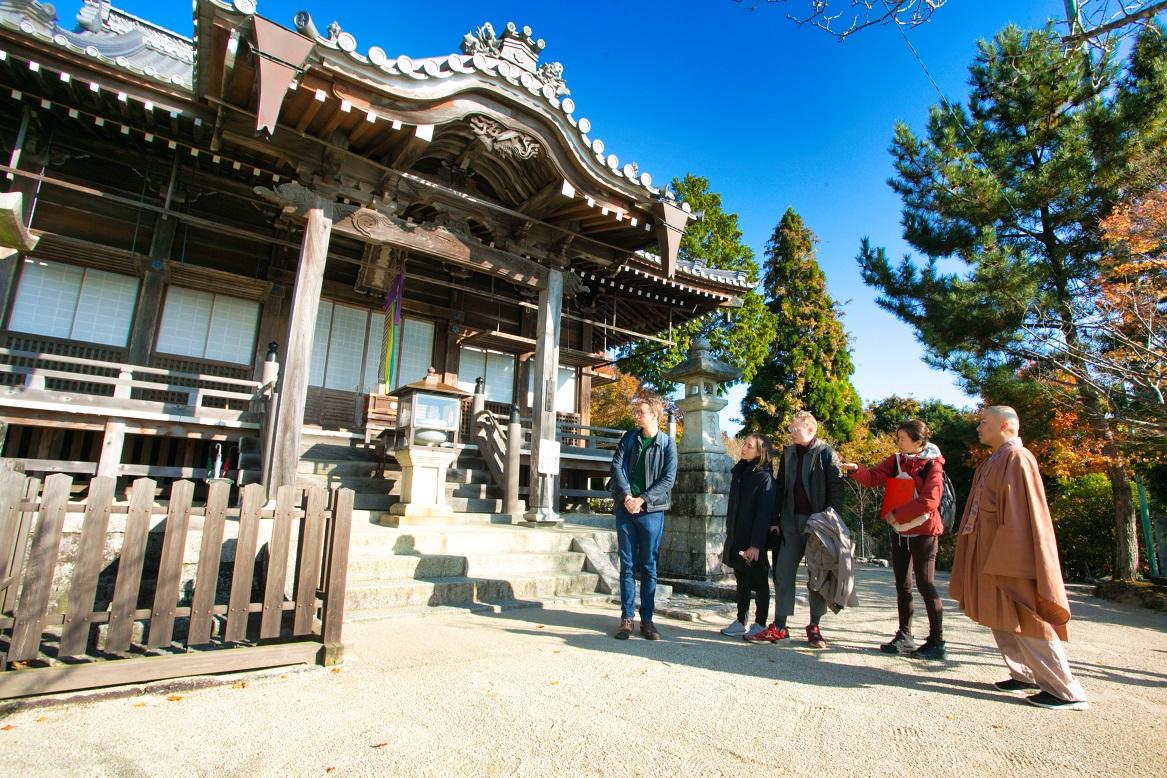
Mitsunaga described do-iri, saying “For nine days, the ascetic does not eat, drink, sleep or lie down, and continuously repeats the Fudo Myoo mantra. The demands on the body are extreme, so one's voice gives out by the third day. But oddly enough, one no longer feels sleepy, and the senses become sharper, so much so that one can hear the sound of incense ash falling.” The participants were very curious, asking questions such as “Did you feel you had been reborn?” or “What is the aim of Buddhism?” Mitsunaga answered each question in detail.
The group then paid their respects at the Konpon Chudo, a national treasure, and resumed walking along the kaihogyo trail to visit the Sai-to district, viewing the Ninaido and the Shakado. Along the way, they came to the Gyokutaisugi (a Japanese cedar under which practitioners pray for the Emperor's health and the nation's prosperity), located in a spot where they could overlook the Kyoto Imperial Palace and learn about the relationship between Mt. Hiei and the city below.
Otsu attracts international convention-goers
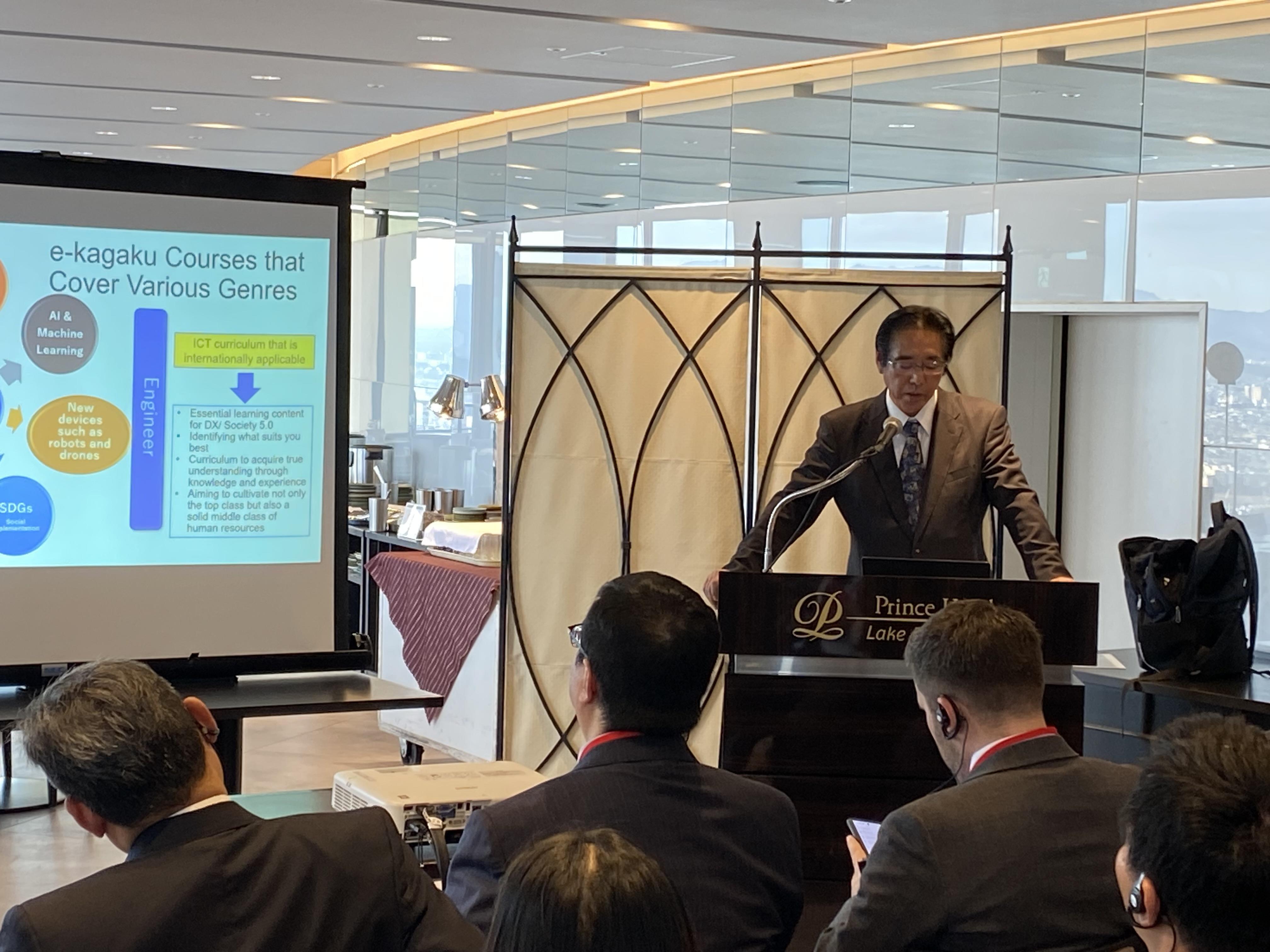
In addition to Hieizan Enryakuji temple, Otsu has many other attractions and facilities. A 2-kilometer-long stretch along the shore of Lake Biwa, where the Biwako Hotel, Biwako Hall and the Lake Biwa Otsu Prince Hotel are located, is known as “Convention Street.” The city intends to use the area to draw convention and tourism business to the city from attendees of the 2025 Osaka-Kansai Expo. Since food is important for making people from all over the world feel welcome, the Otsu Chamber of Commerce and Industry is developing halal and vegan menus to accommodate all dietary requirements and preferences.
An inspection tour for Kansaibased consular staff on Dec. 14 included tasting halal and vegan menus created to appeal to the world’s diverse dietary cultures. The Biwako Hotel served a lunch prepared using halal-certified meat and seasonings containing no alcohol, and teatime at the Lake Biwa Otsu Prince Hotel featured halal and vegan foods. Enman-in temple already offers a vegan menu based on vegetarian cuisine served at temples.
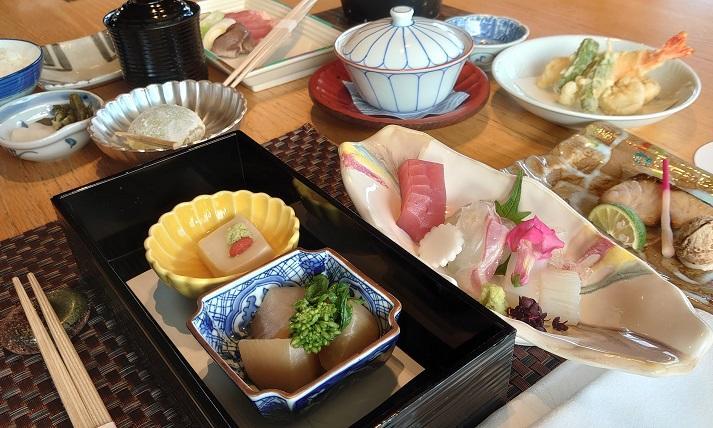
Tatsumasa Kitahara of Digital Head Co, Ltd., which runs science education programs for children, gave a presentation on “A Satellite Built by the Junior Generation Engaged in e-kagaku Activities Goes into Space.” He highlighted the need for an environment and training to cultivate ICT (information and communications technology) personnel capable of working internationally, for children who will grow up to work in the space and robotics industries of the future.
An influx of foreign businesses and individuals connected with the 2025 Osaka-Kansai Expo in 2024 and 2025 is expected in the Kansai region. Offering many appealing tourist destinations, Otsu is in the spotlight with tourist infrastructure capable of meeting foreign visitors' needs.
Travel information
· 4220 Sakamoto Honmachi, Otsu, Shiga Prefecture
· Phone: 077-578-0001
· Hours: 9:00 a.m. – 4:00 p.m.
· Admission ¥1,000 (includes admission to To-do, Sai-to and Yokawa)
· 10-min. walk from Cable Enryakuji Station, Sakamoto Cable Car Railway
· 17 kilometers from the Meishin Expressway Kyoto Higashi interchange
· 2-40 Hamamachi, Otsu, Shiga Prefecture
· Phone: 077-524-7111
· 5 min. by shuttle bus from JR Tokaido Line Otsu Station
· 2 kilometers from the Meishin Expressway Otsu interchange
· 4-7-7 Nionohama, Otsu, Shiga Prefecture
· Phone: 077-521-1111
· 10 min. by complimentary shuttle bus from JR Tokaido Line Otsu Station
· 4 kilometers from the Meishin Expressway Otsu interchange
· 33 Onjoji-cho, Otsu, Shiga Prefecture
· Phone: 077-522-3690
· 10-min. walk from Keihan Ishiyama Sakamoto Line Miidera Station
· 4 kilometers from the Meishin Expressway Otsu interchange